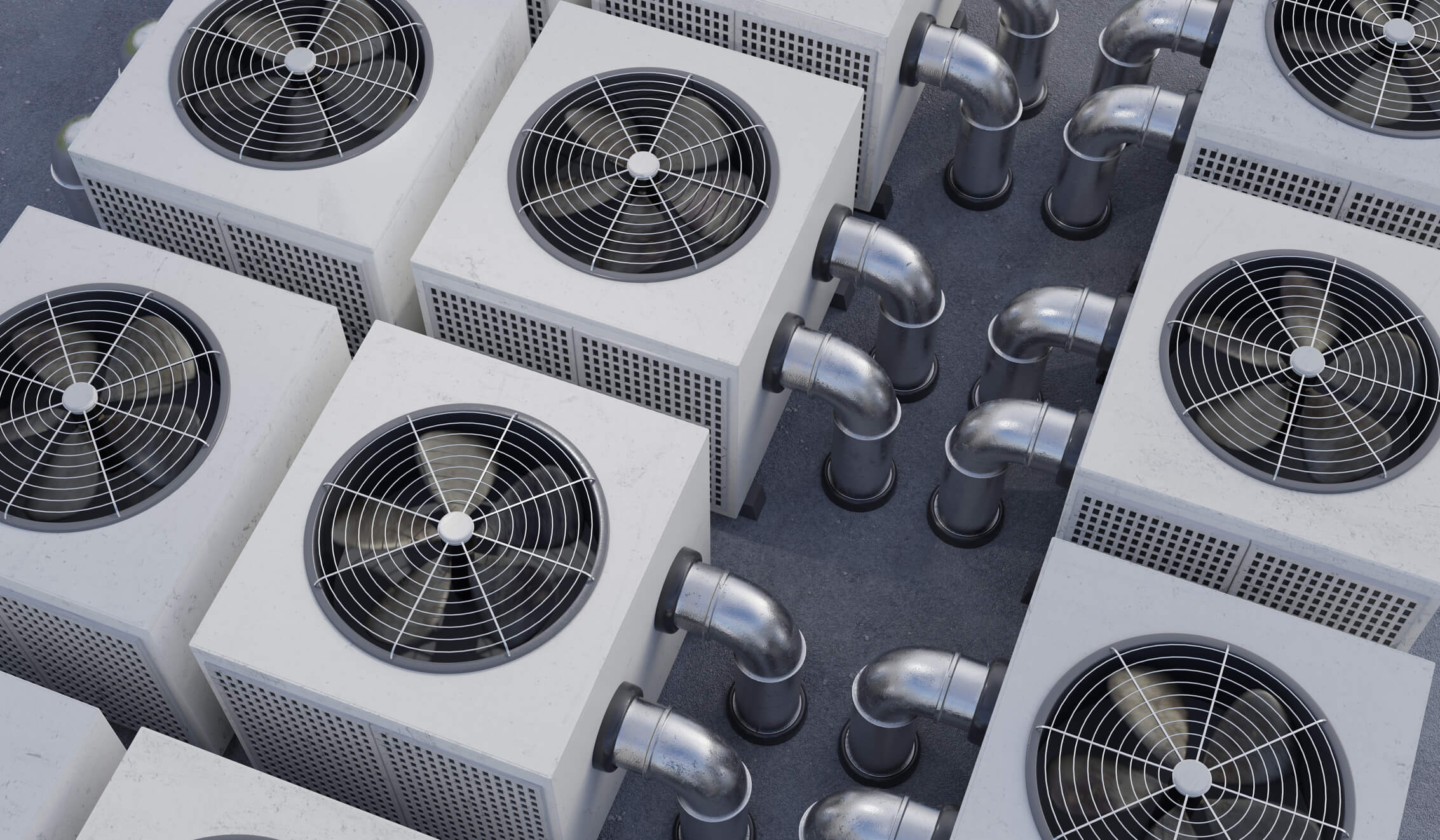September 1, 2022
Gram-negative bacteria are common in the environment, particularly in water or on water damaged building materials and in areas where mold growth has occurred. As part of their life cycle, gram-negative bacteria produce endotoxins during growth, division, death and lysis. Consequently, endotoxins are commonly found in water associated with floods and chronic leaks. Additionally, significant levels of endotoxins have been reported in contaminated ventilation systems, sumps, humidifiers, wastewater treatment plants and even in swimming pools.
Levels of endotoxins have been associated with indoor air quality complaints and certain respiratory diseases in many types of buildings. In addition, employees in occupational settings where organic dusts or water-containing endotoxins are aerosolized are at a greater risk of exposure and consequently of contracting certain respiratory diseases.
Inhaled endotoxins have been associated with many pulmonary diseases. Endotoxins have been thought to be responsible for the adverse health effects after inhalation of organic dusts. Some inhalation studies showed that endotoxins can cause fever, cough, dyspnea, headache, nose and throat irritation, diffuse aches, nausea, shortness of breath and chest tightness, acute air flow obstruction and airway inflammation. Endotoxin exposure may also result in reduced lung function. In the indoor environment, chest tightness, mild fever, and flu-like symptoms experienced by building occupants may be associated with endotoxin exposure.
Endotoxins can be isolated from air, water and dusts with air sampling being the most common way to assess exposure.
Endotoxins are very stable in the environment and are not destroyed by heat or chemical treatments. Therefore, controlling water sources and growth of gram-negative bacteria are the primary means of reducing exposure. Removal of contaminated sources and high-efficiency particulate air (HEPA) vacuuming of dusts helps to reduce accumulated endotoxins and to minimize potential health effects.
Related Services
Sharing Our Perspectives
Our practitioners share their insights and perspectives on the trends and challenges shaping the market.

National Radon Action Month: Testing is Critical to Mitigate Radon Health Risks
January 29, 2024
Radon is a colorless, tasteless, odorless radioactive soil gas that migrates into buildings of all types, sizes and ages. As radon accumulates in buildings, occupants can become at increased risk for lung cancer if they are exposed to it over long, sustained periods of time. Radon is second only to smoking as the leading cause of lung cancer in the United States, causing some 21,000 deaths each year.

Managing EHS & ESG Risks Through Integrated Systems Today and Beyond
July 22, 2021
It has been more than 50 years since the development and establishment of the federal Environmental Protection Agency (EPA) and the federal Occupational Safety & Health Administration (OSHA) which were formed to protect our environment and workplaces across the United States. Significant laws, policies and regulations followed to establish the “regulatory programs” that all applicable businesses and entities must address and meet to ensure these compliance-driven legislative programs would create a foundation to protect our society.

TRC Companies Inc. Acquires 1Source Safety and Health
November 11, 2020
TRC Companies (“TRC”), a leading technology-driven provider of end-to-end engineering, consulting and construction management solutions, has acquired 1Source Safety and Health, a firm that provides management consulting services in areas such as indoor air quality, asbestos management, industrial hygiene and safety management systems.

Vapor Intrusion Mitigation – Let Me Count the Ways
March 2, 2020
Industry’s increased focus on vapor intrusion has escalated to the point where we regularly receive calls from clients saying, “Help! I have a vapor intrusion (VI) problem! How much will it cost to fix?” New technologies are emerging, offering multiple methods of mitigating indoor air inhalation risks and meeting increasingly stringent screening levels.
















